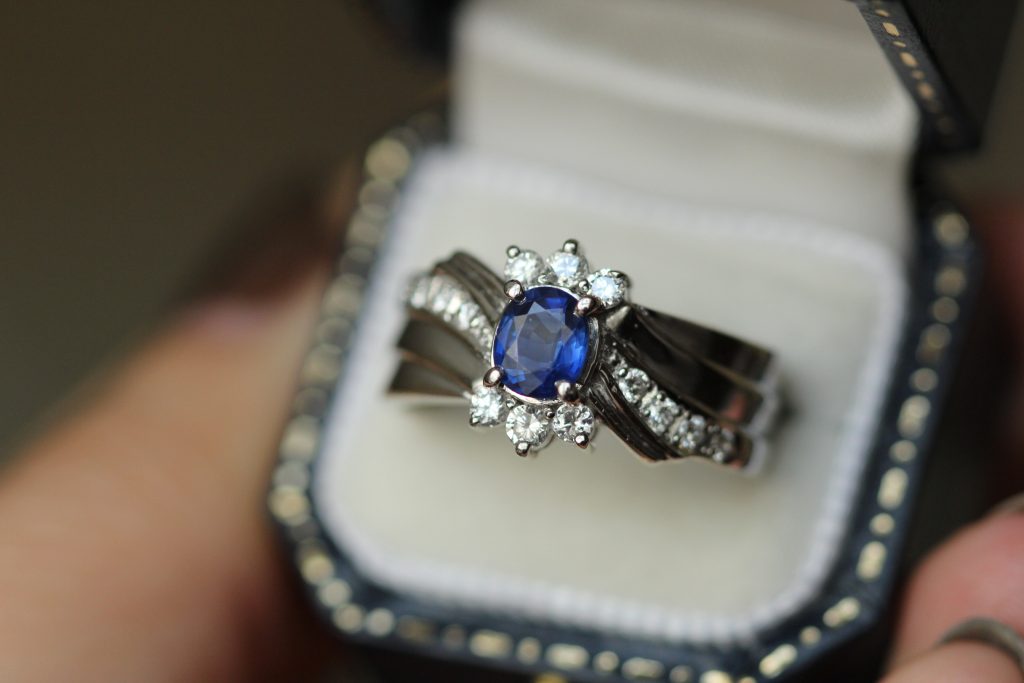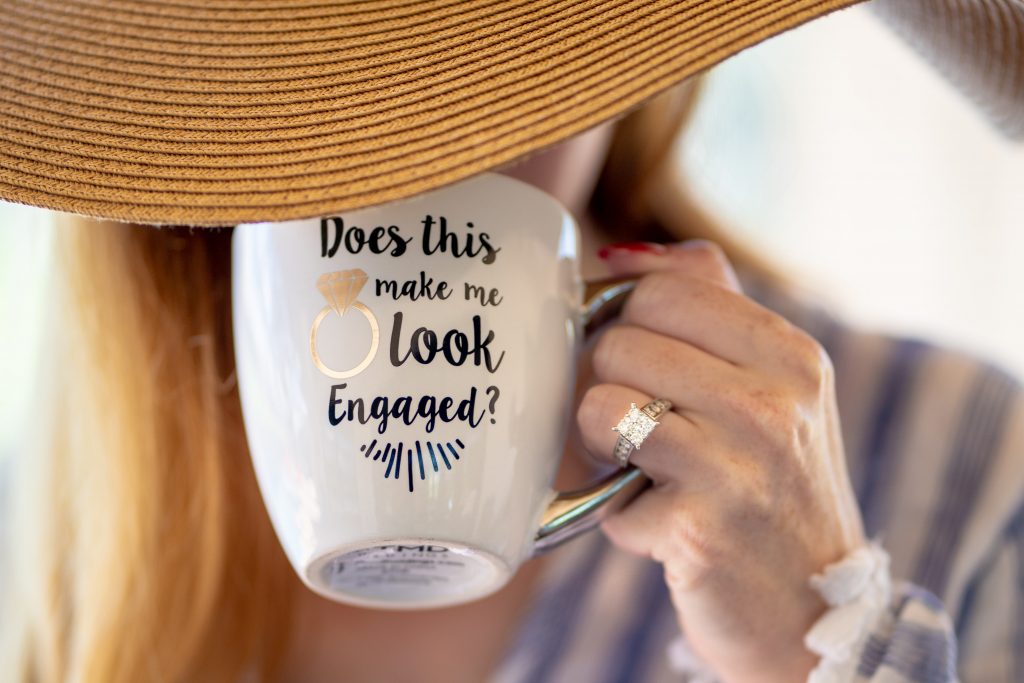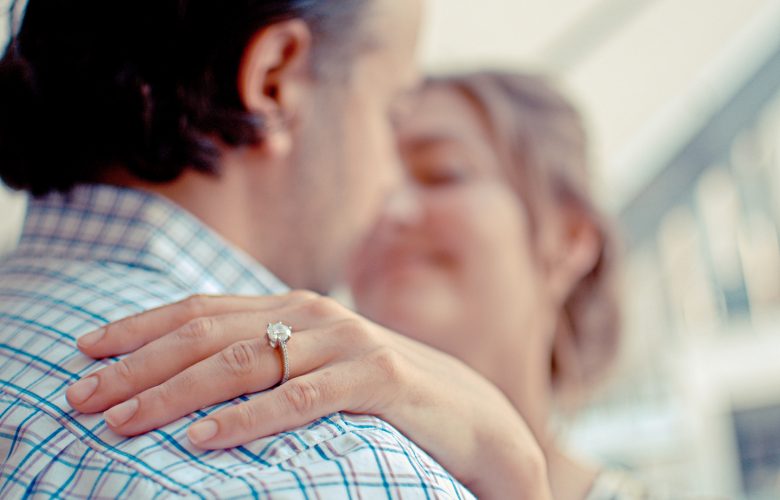If you are planning to buy an engagement ring, you have probably noticed that picking the right clarity must be on top of your priority list. This is a great thing to consider because many always believe that the carat size and cut are enough things to have in mind. There are two more Cs on the list of 4Cs, and you can always turn to the Pricescope diamond and jewelry forum for information on diamond clarity. They have the best independent information regarding diamonds and other precious stones.
Let us look at the clarity of diamonds in detail to help you make the most informed decision.
Effect of Clarity on the Looks of Your Stone
You might think that looking at the sparkle of a diamond is enough to determine its clarity. It goes beyond just that. The clarity grade of the diamonds cannot be declared by simply looking at it with naked eyes. Experienced gemologists use high-power tools such as 10 X magnifications to determine the clarity of a diamond.
Currently, GIA and AGS have the best measuring scale to determine how clear your stone is. These certifications use the right procedures to grade diamond under eleven different grades. Regardless of their grade, they are grouped into six main categories, as mentioned below.
- Flawless Diamonds (FL)
- Internally Flawless (IF)
- Very, very slightly included (VVS1 and VVS2)
- Very slightly included (VS1 and VS2)
- Slightly included (SI1 and SI2)
- Included (I1, I2, and I3)
For high-quality engagement rings, you will never find flawless and internally flawless diamonds. IF diamonds, on the other hand, only account for 0.5% of diamonds used to make engagement rings.
To be precise, Slightly Included (SI) diamonds are easy on pockets and wallets, but you will not see slight inclusions with naked eyes. There might be great disparity depending on the stone, which is why you need to hire a gemologist to check your diamond before making a purchase. Note that these services can be provided over the phone.
Keep off I1 and I2 rings because the inclusion will start to impact the diamond clarity. This is not what you want, especially when you hold your significant other so dearly.

Clarity and Diamond Price
The more perfect the diamond you consider buying, the higher you will pay. Between diamond clarity grades, the price might vary from 15 to 25%. Note that even diamonds in the same grade might have prices varying between 5 and 15%.
Which is the Best Clarity Grade of Diamond?

The best diamond clarity grade depends on what you are looking for and your budget. For obvious reasons, many buyers feel that flawless diamonds with zero imperfections and inclusions are better than the ones that do have.
However, this is not the best way to look at it. Take your time, and you will learn that diamonds with inclusions tend to be rare and attractive, which means they might be expensive. If they have larger carat and a uniquely beautiful cut, you will have to pay more compared to when you opt for a colorless one with microscopic inclusions. It really depends on what you want.
Conclusion
If you are still reading, you must have learned what it takes to know the quality of the diamond you are buying. Even with this knowledge in mind, it is still advisable to work alongside an experienced gemologist. They will ensure that whatever you are buying is worth your money.
Featured
